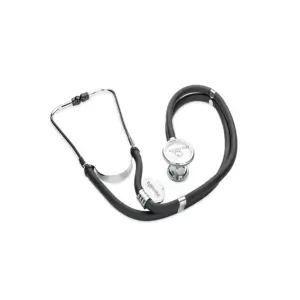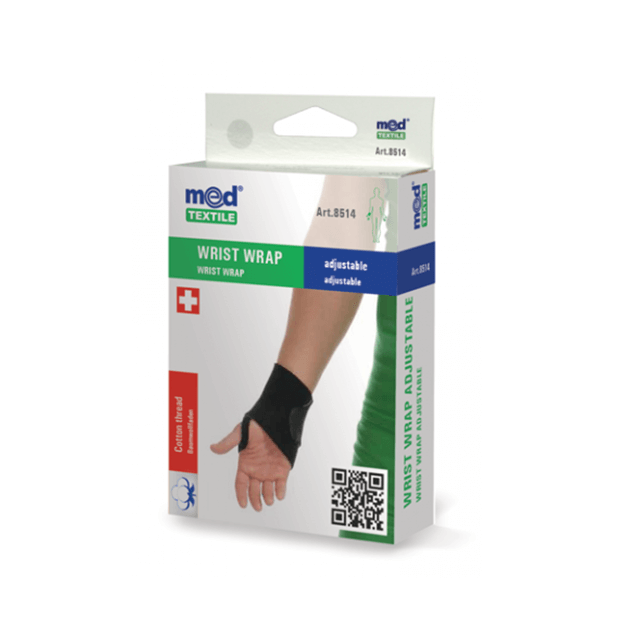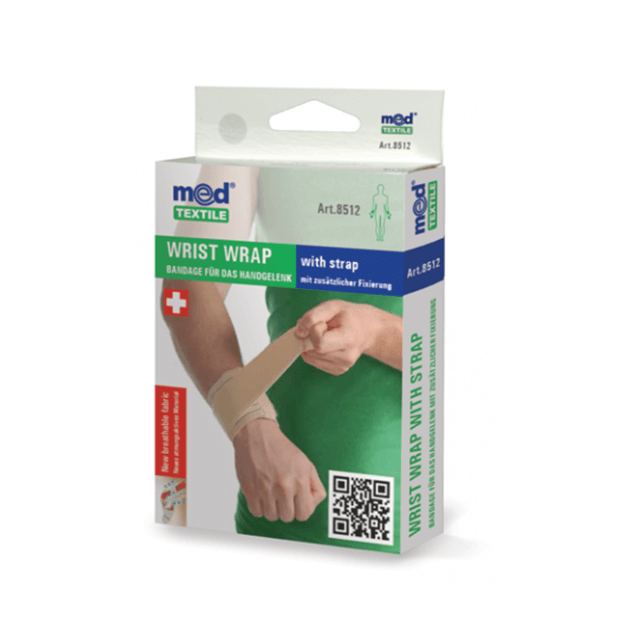Buy Stethoscope Online Now in Nairobi Kenya – Accurate Medical Assessments and Enhanced Patient Care
The stethoscope is a vital diagnostic tool that plays an essential role in modern medical practice. With its advanced acoustics and comfortable design, the stethoscope allows healthcare professionals to listen to internal body sounds, aiding in accurate diagnoses and effective patient monitoring. From its historical roots to its modern advancements, the stethoscope remains indispensable to medical assessments.
History and Evolution of the Stethoscope
The stethoscope has a fascinating origin dating back to the 19th century when French physician René Laennec invented the first model in 1816. Originally a simple wooden tube, it has evolved significantly, now featuring advanced materials like stainless steel and incorporating digital technologies to improve sound quality. Today’s stethoscopes are designed for both functionality and comfort, ensuring healthcare professionals can deliver top-notch care.
Key Components of a Stethoscope
A modern stethoscope consists of several primary parts:
- Chestpiece/Diaphragm: This is the round part of the stethoscope that touches the patient’s body. The diaphragm vibrates when sound waves pass through, making internal body sounds detectable.
- Tubing: The chestpiece connects to two hollow tubes leading to the earpieces, allowing for optimal sound transmission without interference.
- Earpieces: These are soft-tipped parts that fit into the practitioner’s ears, ensuring comfort and effective sound delivery.
Each component is crafted to ensure clear sound and ease of use, enhancing both diagnostic accuracy and practitioner comfort.
Uses and Applications
A stethoscope’s primary role is to detect and transmit body sounds, which helps healthcare professionals make informed assessments. Here’s a breakdown of its key uses:
- Heart Monitoring: By listening to heart rhythms, practitioners can detect irregularities like murmurs and valve disorders.
- Lung Health: A stethoscope allows professionals to assess lung sounds, helping diagnose respiratory conditions such as asthma, bronchitis, and pneumonia.
- Digestive System: Doctors can listen to gastrointestinal sounds to monitor bowel activity and detect abnormalities.
- Blood Flow and Pressure: Stethoscopes are widely used to measure blood pressure, helping in hypertension diagnosis and management.
These applications make the stethoscope a trusted device in patient diagnostics, giving practitioners accurate insights into the body’s functioning.
Digital Advancements in Stethoscope Technology
With recent advancements, digital stethoscopes now offer enhanced features for improved patient care. Digital models can amplify sounds, filter out background noise, and even record sound data for future reference. Some devices also support connectivity with smartphones and computers, enabling remote monitoring and telemedicine applications. These technological improvements have made stethoscopes more powerful, versatile, and reliable than ever.
FAQs
Q1: What is a stethoscope used for?
A stethoscope is a medical device used to listen to internal body sounds, such as heartbeats, lung sounds, and gastrointestinal noises, aiding in accurate diagnoses.
Q2: Can I use a stethoscope for blood pressure measurements?
Yes, stethoscopes are commonly used alongside sphygmomanometers to measure blood pressure, which is essential for diagnosing and managing hypertension.
Q3: What types of stethoscopes are there?
Stethoscopes come in several types, including acoustic, electronic (or digital), and specialized models for cardiology, pediatrics, and veterinary use.
Q4: How do I choose the right stethoscope?
Choosing a stethoscope depends on your needs. For general use, a quality acoustic stethoscope is effective, while a digital model may be beneficial if you need amplified sounds or recording capabilities.
Q5: Where can I buy a stethoscope in Kenya?
You can buy a stethoscope now online in Nairobi, Nakuru, Mombasa, Eldoret, Kisumu, Kiambu, Meru, and East Africa from HealthAlone, or visit our physical shop in Kahawa Sukari shopping center, Nairobi.












